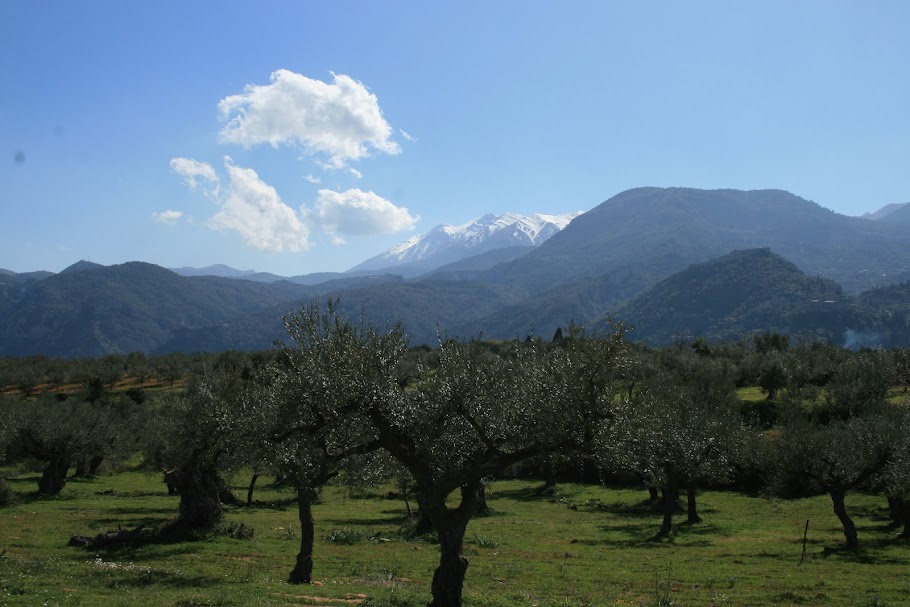Leonidas is arguably the most famous of all Spartans. Numerous works of art depict him. He was the hero of two Hollywood films. There is even a line of chocolate confectionery named after him. But no serious biography has ever been written, and what is most often portrayed is his death. Leonidas is remembered for commanding the Greek forces that defended the pass at Thermopylae against an invading Persian army. He is revered for refusing to surrender despite betrayal that made defeat absolutely certain. Thus Leonidas came to symbolize the noblest form of military courage and self-sacrifice. The events leading up to the three-day battle and death of Leonidas with three hundred other Spartans and seven hundred Thespians at Thermopylae have been the focus of historians, writers, and artists from Herodotus onward.
But Leonidas was not a young man at the historic battle where he gave his life. He had lived close to half a century (if not more) and reigned for ten years before he took command of the Greek alliance defying Persia. It was those years preceding the final confrontation with Persia that made him the man he would be at Thermopylae. To the extent that we admire his defiant stand, learning more about his early life and tracing the development of his character is important. Yet so very little is actually known about his early life that historians have been discouraged from attempting a biography.

This week I delivered to my publisher the second book in the trilogy, A Peerless Peer. In this second book, I focus on the next stage of Leonidas’ life, the years when he was a common citizen before he became a king. This is the period in which he married his niece Gorgo and gained experience in battle and politics. Building on the few known facts, listening to the sayings attributed to Leonidas and Gorgo, and knowing how Leonidas met his destiny at Thermopylae, I have written this novel.
While based on all known facts about Leonidas, Gorgo and the society in which they lived, the novel goes beyond the bare bones of the historical record. It interpolates from these facts a reasonable hypothesis of what Leonidas and Gorgo might have been like and what they might have done, thought, and felt. The characters that emerge are greater than the historical input. Leonidas is consciously portrayed as the quintessential archaic Spartan, because that is what he has become in legend. Gorgo, likewise, epitomizes that which set Spartan women apart from their contemporaries—without robbing her of individual traits and personality. The two principals are surrounded by a large cast of secondary, largely fictional characters, each of which is unique and complex. In short, this novel is quite candidly fiction.
As the publication date approaches, I will post more information about release dates, price etc., and eventually provide a link to amazon.com for those of you (hopefully many of you!) interested in purchasing this novel.

I have just ordered your first book in this series, "Leonidas of Sparta: A Boy of the Agoge", from Amazon and look forward to reading it. I am a big fan of Sparta and this time period of Greek history, so I'm also looking forward to your future updates on this series.
ReplyDeleteRandy,
ReplyDeleteThank you! I hope you enjoy it. If so, while waiting for Book II, you might also enjoy my other novels set in Ancient Sparta, "The Olympic Charioteer," and "Are They Singing in Sparta?" The first is set during the war with Tegea in the mid-sixth century, and the latter during the Second Messenian War -- a decisive period in the shaping of Sparta's unique constitution and life-style.